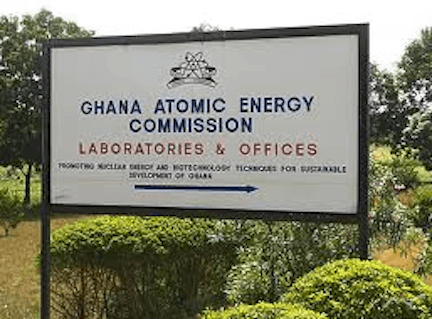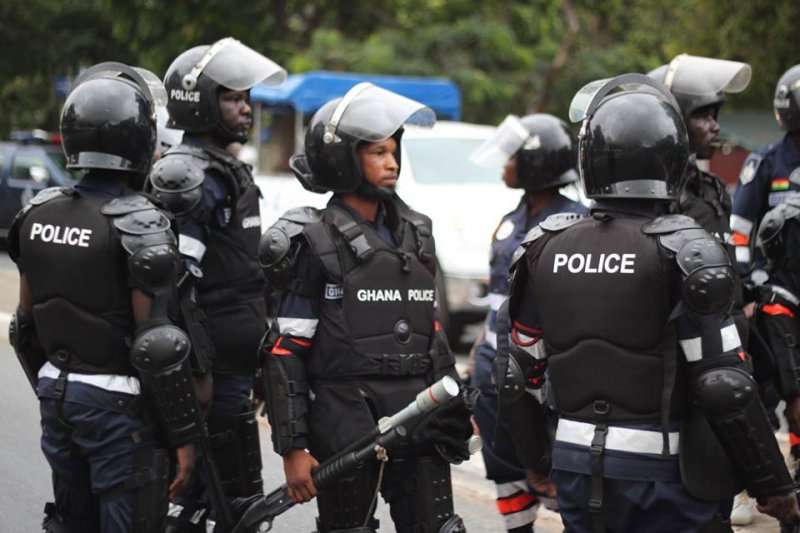Scientists raise alarm over ‘invisible killer gas’
- Posted on
- Comment
Scientists at the Ghana Atomic Energy Commission (GAEC) are advocating for a law to ensure that buildings are not sited in areas with high concentration of radon gas.
Radon gas (Rn) is an odorless, colorless, naturally-occurring gas which can be found in water, soil and rocks, with varying concentrations.
Dr. Irene Opoku Ntim, a research scientist at GAEC noted that “this invisible gas is the second leading cause of lung cancer.”
However, very few people are aware of this phenomenon and unlike other advanced countries, there are systems in place to check this.
According to the United State’s Environmental Protection Agency (US EPA), over 21,000 people worldwide die from radon-induced lung cancer.
Dr. Ntim pointed out that local research fingered McCarthy Hill and Donkunah in the Accra, as being concentrated with this deadly gas and that “there is the need for more funds to conduct extensive research.”
She added that it is pertinent “to map the entire country” in order to identify which areas are more prone to the gas, and ensure that limited human activity takes place in these places.
Dr. Paulina Amponsah, a seismologist at the Commission echoed the call for a radon law.
In her view, estate developers and homeowners should be made to obtain a radon certificate indicating that it is safe to inhabit those edifices.
She also called on all major stakeholders to lend a hand in pushing for the passage of a radon law in the collective interest of Ghanaians.
Source: CNR











 (Selorm) |
(Selorm) |  (Nana Kwesi)
(Nana Kwesi)